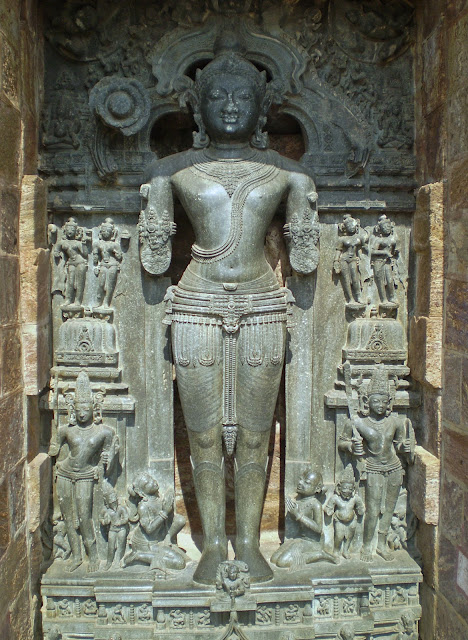Lord Jagannath, an incarnation of Lord Vishnu, is revered as the presiding deity of Puri, Odisha, India. The annual bathing rituals of Lord Jagannath, known as "Snana Yatra," hold immense significance and draw millions of devotees from across the world. This blog will take you on a spiritual journey, exploring the deep-rooted traditions, symbolism, and rituals associated with the sacred bathing ceremony of Lord Jagannath.
The Significance of Snana Yatra:
Snana Yatra, also known as Deba Snana Purnima, marks the grandest bathing ceremony of Lord Jagannath and his divine siblings, Lord Balabhadra and Devi Subhadra.
The ritual is believed to cleanse and purify the deities, signifying their readiness for the upcoming annual Rath Yatra festival.
Preparation and Rituals:
The rituals for Snana Yatra commence a fortnight before the main ceremony.
The deities' idols are brought out of the sanctum sanctorum and placed in a special bathing altar called the "Snana Mandap."
The idols are bathed with 108 pitchers of sacred water infused with herbs, flowers, sandalwood paste, and fragrant liquids.
The Sacred Bathing Ceremony:
Devotees gather in huge numbers to witness the divine spectacle as the deities are bathed.
Priests chant sacred mantras, while temple musicians and dancers perform traditional music and dance forms.
Devotees offer prayers, sing devotional songs, and immerse themselves in the divine atmosphere.
Symbolism and Beliefs:
The water used for the bathing ceremony is considered sacred and believed to possess healing properties.
Devotees believe that even a glimpse of the deities during Snana Yatra can wash away sins and bestow blessings.
The rituals symbolize the deities' connection with nature, emphasizing the cycle of life, purification, and rejuvenation.
Post-Bath Celebrations:
After the ceremonial bath, the deities are dressed in new attires known as "Hati Vesha" or "Gajanana Vesha."
Devotees flock to have a glimpse of the deities, seeking their blessings and participating in the celebrations.
Cultural Significance:
The Snana Yatra showcases the rich cultural heritage and devotion of the people of Odisha.
The festival is a harmonious blend of spirituality, art, music, dance, and devotion, reflecting the essence of the Odia culture.
Conclusion:
The Snana Yatra, with its elaborate rituals and sacred bathing ceremony, is a testament to the profound devotion and spiritual fervor surrounding Lord Jagannath. It is an occasion that unites millions of devotees, enabling them to connect with divinity and experience a sense of purity and spiritual rejuvenation. As you beleive into the mystique of Lord Jagannath's bathing rituals, may you be inspired by the devotion and significance of this ancient tradition.








